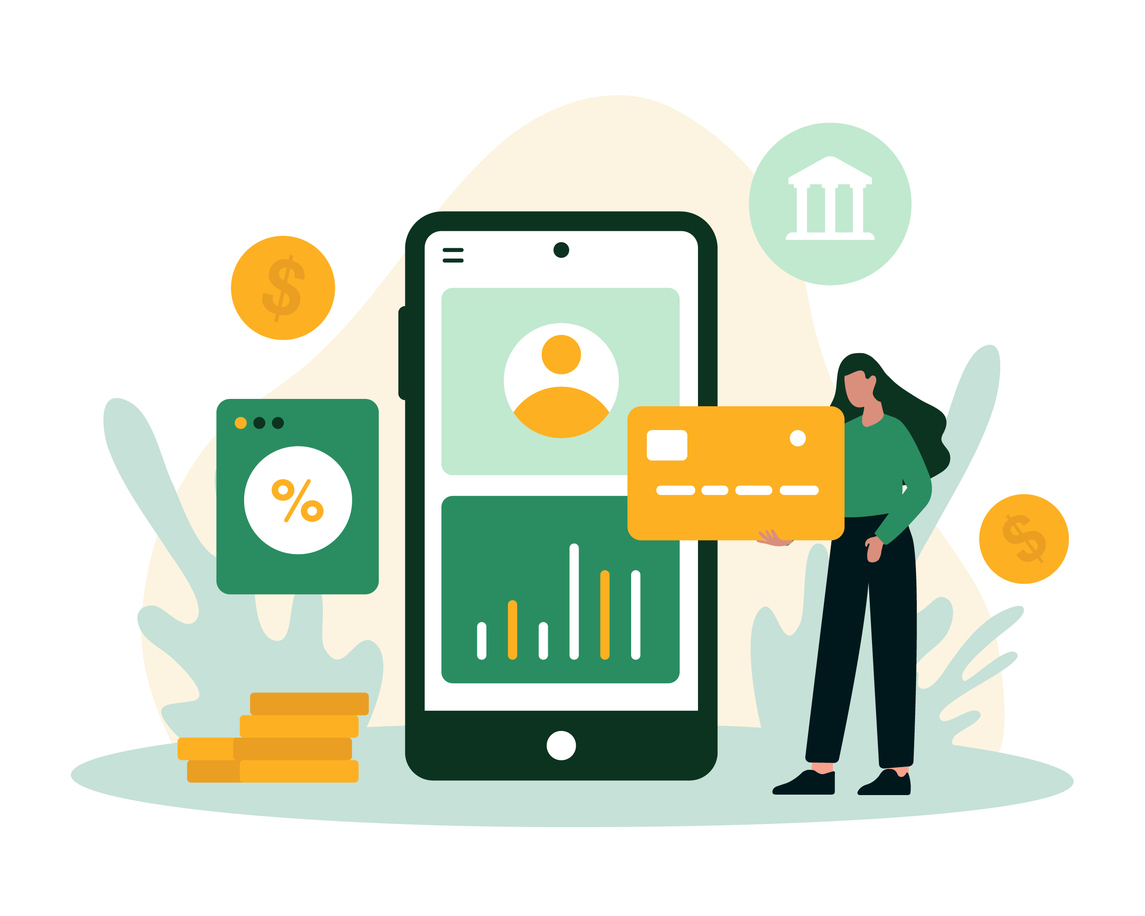Checking account fraud is on the rise and becoming increasingly sophisticated. Scammers are constantly developing new tactics to gain access to your hard-earned money. Understanding these threats and how to defend against them is essential for maintaining your financial security.
Common Checking Account Scams
Fraudsters target checking accounts through various methods. Phishing emails and text messages that appear to be from your bank may request personal information or direct you to fake websites designed to steal your login credentials. Over the phone, scammers might pose as bank representatives, claiming there's an issue with your account that requires immediate attention.
Check washing is where criminals steal checks from mailboxes and chemically erase the information to rewrite them. It remains surprisingly common. Meanwhile, skimming devices placed on ATMs or point-of-sale terminals can capture your debit card information when you swipe.
Warning Signs to Watch For
Unusual activity in your checking account often indicates potential fraud. Unexpected withdrawals, unfamiliar transactions, or charges from businesses you don't recognize should trigger immediate concern. Be wary if you stop receiving regular bank statements or notice new account holders added without your knowledge.
Another red flag is receiving notification about changes to your account that you didn't initiate, such as password resets or updated contact information. These could indicate someone has gained access to your checking account and is preparing to divert communications away from you.
Preventative Measures
Strong protection starts with vigilance. Check your account activity regularly—daily if possible—rather than waiting for monthly statements. Most banks offer mobile apps and text alerts that make monitoring your checking account simple and convenient.
Create strong, unique passwords for your banking accounts and enable two-factor authentication when available. This adds an extra layer of security by requiring a second verification step, typically a code sent to your mobile device, before granting access to your account.
Be cautious about where and how you share your checking account information. Avoid conducting banking activities on public Wi-Fi networks, and never share account details over email or text. When making online purchases, verify the website is secure by looking for "https" in the URL and a lock icon in the address bar.
What to Do If You're Victimized
If you discover suspicious activity in your checking account, act immediately. Contact your bank through their official customer service number (found on the back of your debit card) to report the fraud and freeze your account. Change your online banking passwords and PINs from a secure device.
File a police report, which may be necessary for insurance claims and establishing your case with the bank. Keep detailed records of all communications regarding the incident, including representative names, dates, and reference numbers.
Most banks provide fraud protection for checking accounts, but policies vary. Review your bank's specific terms regarding liability for unauthorized transactions. Under federal regulations, your liability may be limited if you report the fraud promptly.
Advanced Protection Strategies
Consider using a separate checking account for automatic payments and online shopping, keeping lower balances in this more vulnerable account. Some banks offer virtual account numbers for online transactions that mask your actual checking account details.
Review your credit reports regularly to catch any accounts opened in your name. Credit monitoring services can alert you to suspicious activity, providing an early warning system against identity theft that could eventually target your checking account.
Banking Securely in a Digital World
As financial services evolve, so must your security practices. By combining vigilance, strong security practices, and prompt action when necessary, you can significantly reduce your risk of checking account fraud and protect your financial well-being.











